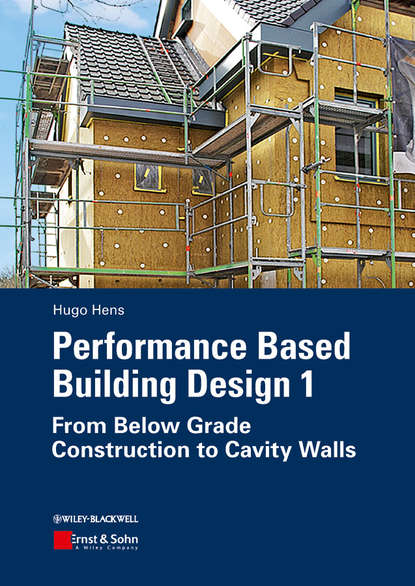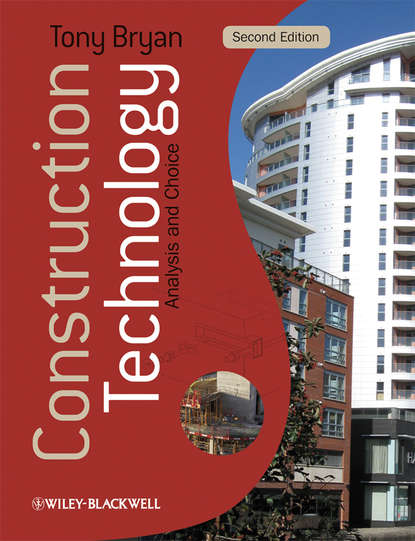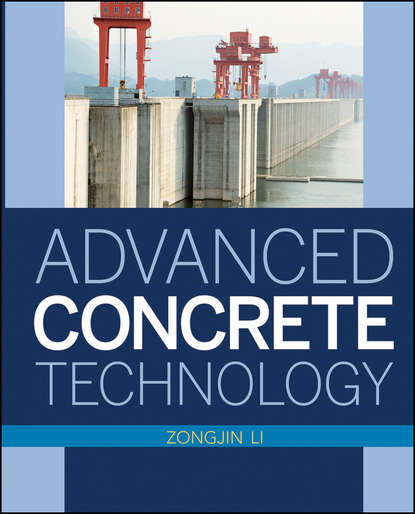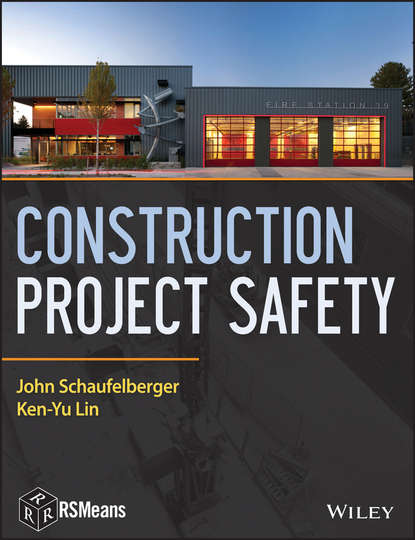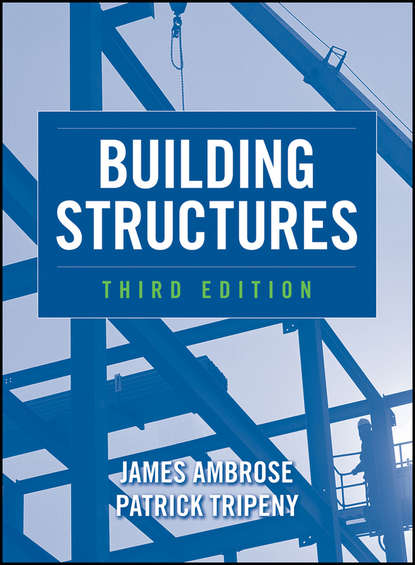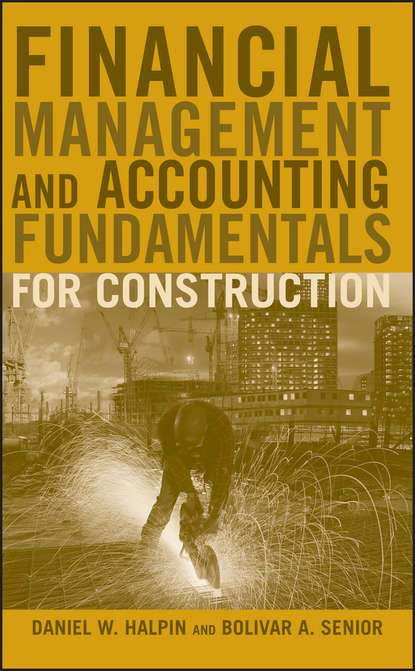Книга "Performance Based Building Design 1. From Below Grade Construction to Cavity Walls" - это первый том из двух, который применяет концепцию производительности, разработанную в области строительной физики, к проектированию и строительству зданий. Авторы книги сначала дают обзор материалов для теплоизоляции, гидроизоляции, герметизации и влагозащищенности, а также обсуждают соединения в зданиях. Затем анализируется строительство зданий, начиная с земляных работ и заканчивая массивными наружными стенами с теплоизоляцией с внутренней и внешней стороны и пустотными стенами. Каждая глава содержит общий обзор, оценку общей производительности, проектирование и строительство. Книга рекомендуется для студентов архитектурных и строительных инженерных специальностей, а также для инженеров, желающих обновить свои знания. Книга предполагает, что читатель имеет знания в области строительной физики, а также опыт работы в области строительных материалов и строительства. В случае необходимости, в книге используется литература и данные со всего мира, поэтому каждая глава заканчивается списком ссылок и литературы.
Performance Based Building Дизайн I. От Подземного Стать Сооружения до Пустотелых Стен Автор Язык: Хьюго Ш. Л.
Электронная Книга «Performance Based Building Design 1. From Below Grade Construction to Cavity Walls» написана автором Hugo S. L. Hens в году.
Минимальный возраст читателя: 0
Язык: Английский
ISBN: 9783433601969
Описание книги от Hugo S. L. Hens
Just like building physics, performance based building design was hardly an issue before the energy crises of the 1970s. With the need to upgrade energy efficiency, the interest in overall building performance grew. The term «performance» encompasses all building-related physical properties and qualities that are predictable during the design stage and controllable during and after construction. The term «predictable» demands calculation tools and physical models that allow evaluating a design, whereas «controllable» presumes the existence of measuring methods available on site. The basis for a system of performance arrays are the functional demands, the needs for accessibility, safety, well-being, durability, energy efficiency and sustainability and the requirements imposed by the usage of a building. As the first of two volumes, this book applies the performance rationale, advanced in applied building physics, to the design and construction of buildings. After an overview of materials for thermal insulation, water proofing, air tightening and vapour tightening and a discussion on joints, building construction is analysed, starting with the excavations. Then foundations, below and on grade constructions, typical load bearing systems and floors pass the review to end with massive outer walls insulated at the inside and the outside and cavity walls. Most chapters build on a same scheme: overview, overall performance evaluation, design and construction. The book is absolutely recommended to undergraduates and graduates in architectural and building engineering, though also building engineers, who want to refresh their knowledge, may benefit. The level of discussion assumes the reader has a sound knowledge of building physics, along with a background in structural engineering, building materials and building construction. Where and when needed, input and literature from over the world was used, reason why each chapter ends listing references and literature.
